Talking To Aaron Sarauer, A Recent Break-Out Indie Watchmaker From Canada
A fascinating journey from woodworking to electrician to watchmaker making (very handsome!) watches.
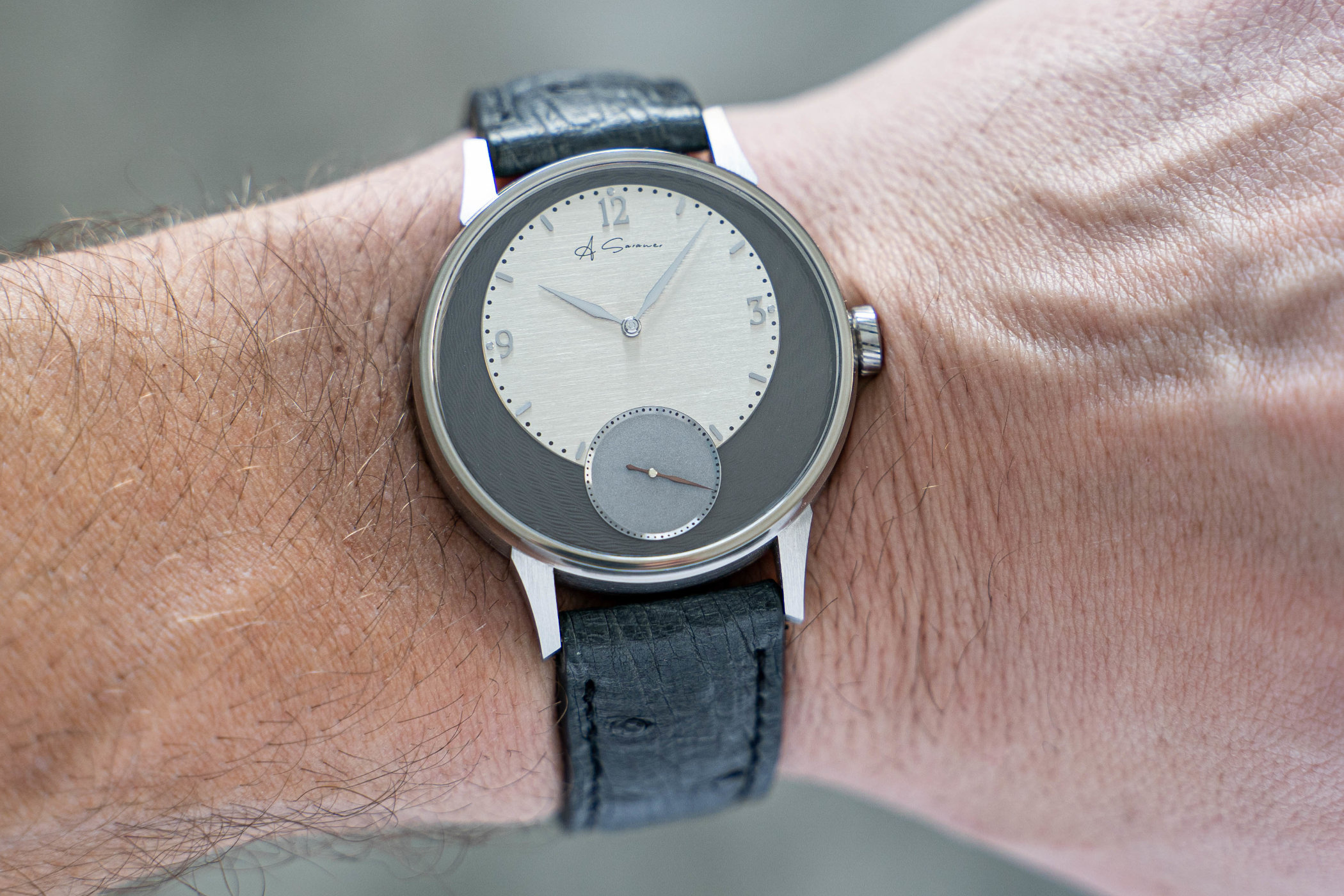
It’s not often we figuratively get to cross the Atlantic Ocean to discover the work of a young and upcoming watchmaker. But recently we did just that to bring you the Ref. 119C, the stunning debut watch by Canadian independent watchmaker Aaron Sarauer. Under the name of Sarauer Horology, he produces this very good-looking time-only watch, packed with interesting details and loads of character. Chatting to Aaron about his background and craftsmanship, we learn about his journey into watchmaking and how he ended up making the Ref. 119C back home in Saskatoon, Canada, not the first place to expect a high-end Indie watchmaker!
Robin, MONOCHROME Watches – Aaron, we’ve recently covered your new Ref. 119C watch. Can you tell us a bit about yourself?
Aaron Sarauer – I am from Saskatoon, a small city on the prairies in Canada. I love sports and social activities, including golf, hockey, snowboarding, tennis, and fishing at the lake. My father taught me woodworking skills, which helped me create my watchmaking bench. Since buying a house in 2020, I have enjoyed doing my own renovations. I even installed a golf green in the backyard! I also love travel and photography, which I found a passion for while living in Switzerland and Ireland. On one of our trips, my wife and I lived in a van in New Zealand for three months!
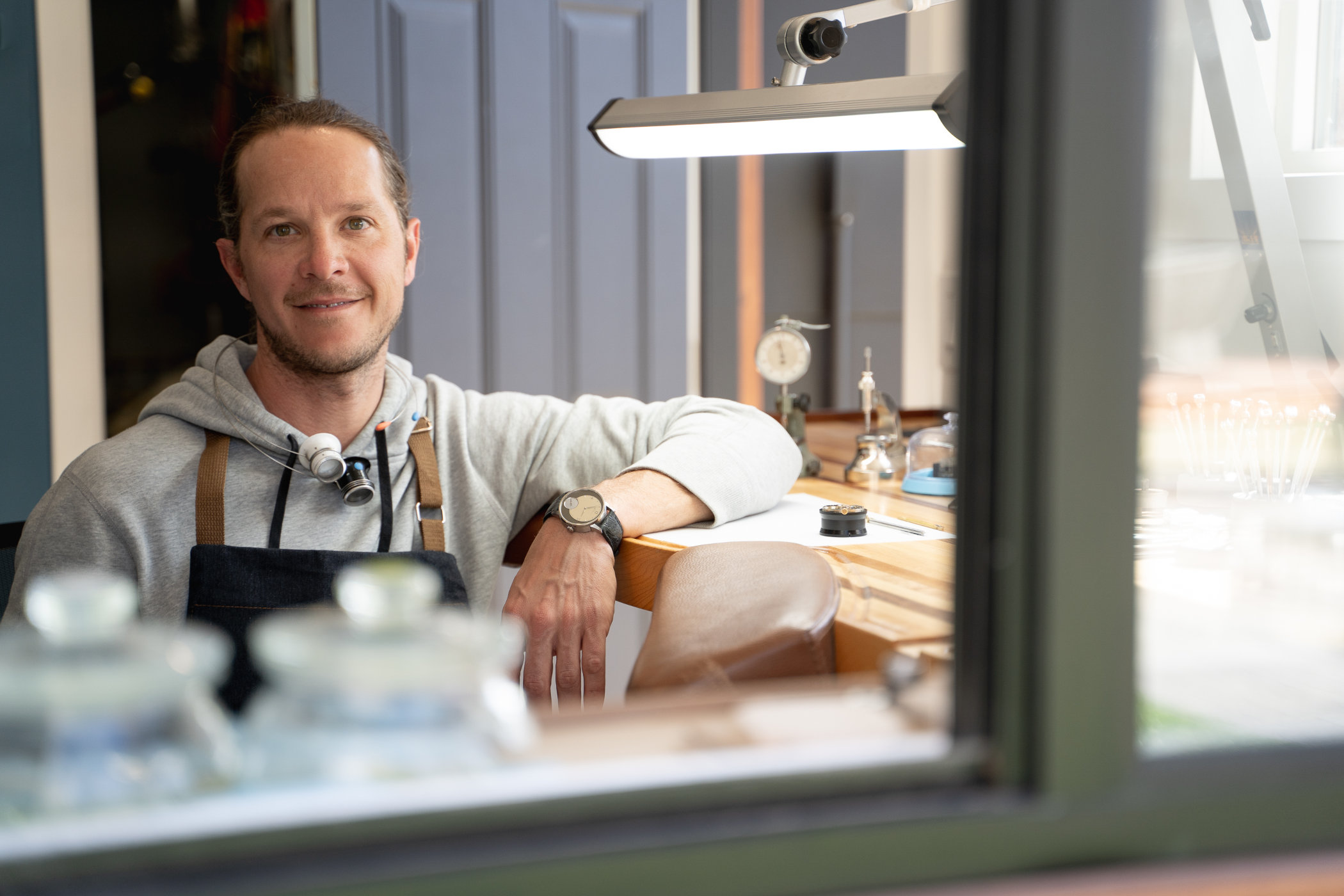
Have you always had a passion for watches, or when did this start for you?
I always enjoyed creating and being artistic as a kid. I was into drawing and Lego early on. As an adult, this translated into creating and customizing everything. I didn’t have much exposure to traditional watchmaking where I live. I began collecting watches and reading magazines like WatchTime and QP. I had begun a career as an Electrician, but I felt it was not my calling. It was out of chance that I was on the website of a watch brand one day and saw a section for job postings. It was there I found out that a ‘Watchmaker’ was a career possibility, and it immediately sparked my interest. After researching schools, I knew WOSTEP would be the best choice for me.
To study watchmaking, you moved from Canada to Switzerland. How was that period for you?
I originally planned to apply for the WOSTEP schools in the USA. Challenges in acquiring a visa for the USA led me to apply to the Neuchatel WOSTEP school in 2007, and I was accepted shortly after. A new two-year course had just started, so I had to wait until 2009 to begin my studies. This allowed me to finish my Journeyman Electrician course here in Canada.
Attending the Swiss school was an amazing experience. They had so many tools and resources that the other WOSTEP schools didn’t have. This allowed me to venture into the prototyping world, and I made my first watch movement with a power reserve and a moon phase. We were also the first class to work on the new WOSTEP school pocket watches they had designed. I’m very thankful for the school’s support and encouragement to make my own watch because it was not part of the curriculum.
You’re now back in Canada. What can you tell us about the watchmaking culture in Canada?
I haven’t had the chance to meet many collectors or watchmakers from Canada in person yet. The biggest challenge is that Canada is such a large country, and the people are spread out. This is where the power of the internet and social media is so valuable. I have some great colleagues I’ve met online, like Bradley Taylor and others who are doing things for horology. There is also an online forum specifically dedicated to Canadian watch collectors.
Can you talk us through your career prior to starting your own brand?
During WOSTEP, I was lucky enough to meet the McGonigle brothers (at an Irish pub, of course!), and they were looking for a watchmaker. I moved to Ireland early in 2012 to work with John. He is a passionate and talented watchmaker, and it was incredible learning from him. I helped build the Tuscar and Banu models of the McGonigle collection. We also assembled Christophe Claret’s minute repeaters, and I had a lead role on the Maitres du Temps Chapter 3 watch. I also had the pleasure of meeting and working with Andreas Strehler to refine that movement.
What made you decide to launch your own brand?
Working with John fuelled my desire to create my own watches. After taking a break from horology for a short time, I wanted to get back into the industry. In 2019 I applied at a few brands and accepted a position at Armin Strom, but unfortunately, they were unable to secure a work permit for me. After talking with small independent brands, I could see that my path back to Europe would not be simple due to tightening restrictions. COVID also made it near impossible to leave Canada for some time. The decision to make my own watches became clear.
So now there’s the new Ref. 119C. What’s the philosophy behind that watch?
The Ref. 119C and the philosophy of my brand connect with keeping things close to heart. The number 119C refers to my first childhood address and felt meaningful to use as the first watch I produced. This timepiece reflects my unique style, rigorous attention to detail and expert level of finishing. I have a clear vision of what I want my designs to look and feel like for my clients, and I love being able to bring them to life with my own hands. I pride myself on my ability to use new and traditional techniques to create beautiful, lasting timepieces.
The dial looks amazing. Can you tell us how it’s made?
Thanks! I think it has a classic dress look, but having the hour and minute on a smaller offset track makes it stand out. The design lends itself well to feature guilloché work on the outer section without making it the main focus. The guilloché section is hand turned in brass or sterling silver by Darren Tiffany in Arizona, USA. The German Silver hour and minute track and steel seconds sub-dial are assembled on top of the base dial. The numerals and indices are applied, and the name is engraved and paint filled. Each dial will have its own look and characteristics, so you’ll see some different guilloché patterns and materials used for the other sections.
The movement starts out with the geartrain of an ETA/Unitas 6498, but there’s not much of a base movement left, correct?
No, there really isn’t. I’ve redesigned the entire layout of the movement to be smaller than the original, meaning it has a completely different geometry. That is part of the reason the hour and minute hands are not in the centre anymore. The mainplate, bridges, click, regulating system, balance, and some setting parts have been made specifically for the SH1 movement.
Can you talk us through the finishing of the movement?
I think the finishing is what sets this watch apart. I finish each part of the movement by hand using techniques I learned in school and with John McGonigle. It features eight internal angles, which are hand formed and polished, usually a sign of higher-end finishing. Various different finishes are applied to all parts, like flat polishing/colouring of screws and steel parts, straight and circular graining, bevelled wheel spokes, snailing and frosting. I like to experiment with different finishes and materials, so none of the 29 pieces will look identical.
Just 29 pieces will be made in a series of three to six watches per year. Is it still available, or has it sold out already?
Yes, I am taking reservations for the first batch of eight pieces, and there are still a few available. Since I am only able to produce a small number of watches per year, I will open up reservations once the pieces are delivered.
What’s on the horizon for Sarauer Horology?
While this series is not completely made in-house, I do plan to expand my manufacturing capabilities. I have experience in prototyping and CNC work, so I hope to design a movement from the ground up. I enjoy complications like a GMT and Day/Date, so that’s something that could be added eventually. I plan to experiment with different case shapes as well, I love a cushion-style design, for instance. Being independent, there’s no pressure to follow industry trends. It’s exciting to have a blank canvas and a world of possibilities. I hope collectors enjoy what I create!
How can people get in touch with you or order a watch from you?
I am a one-man operation, so you can contact me directly at [email protected], through my website SarauerHorlogy.ca or through my Instagram account @SarauerHorology.

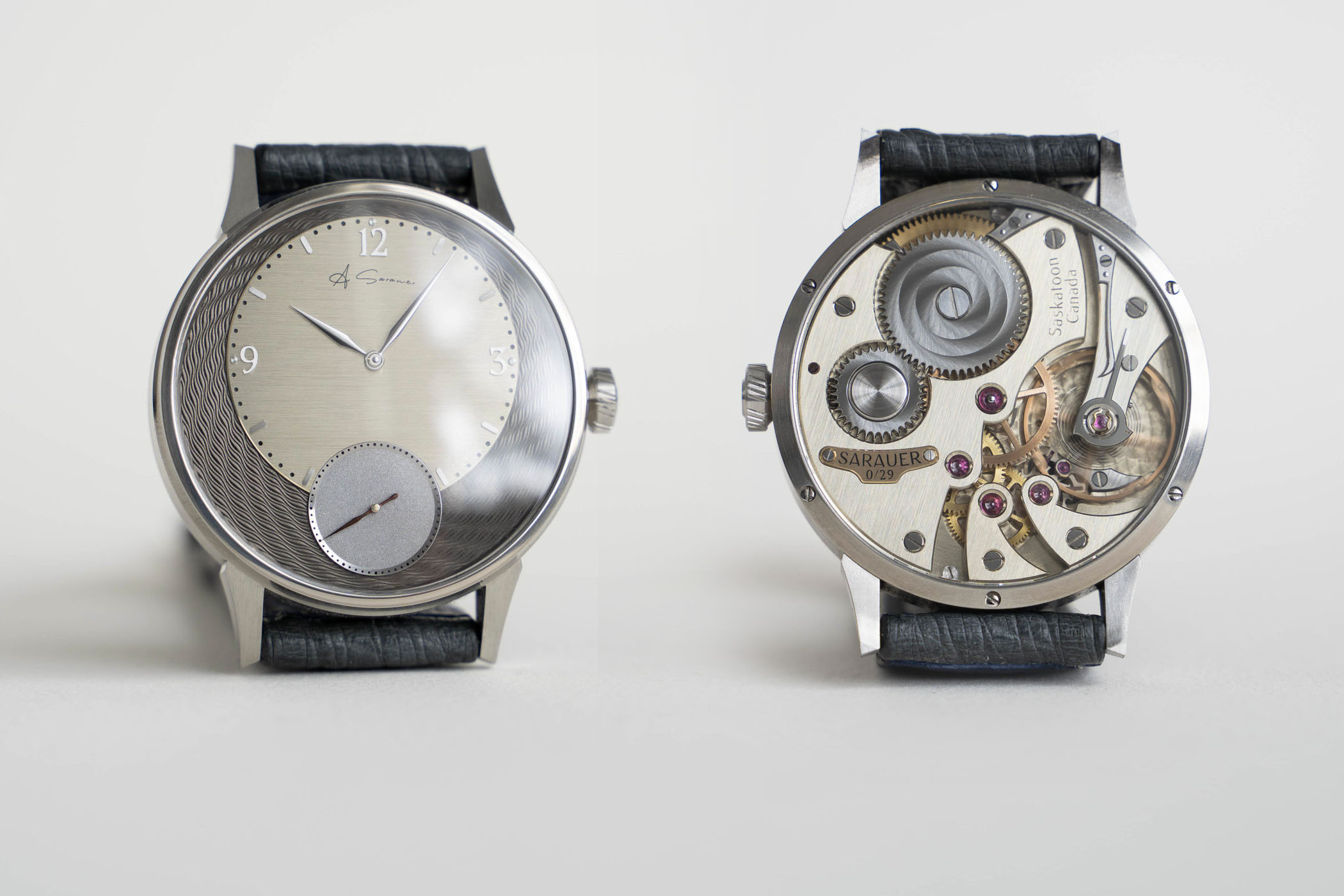
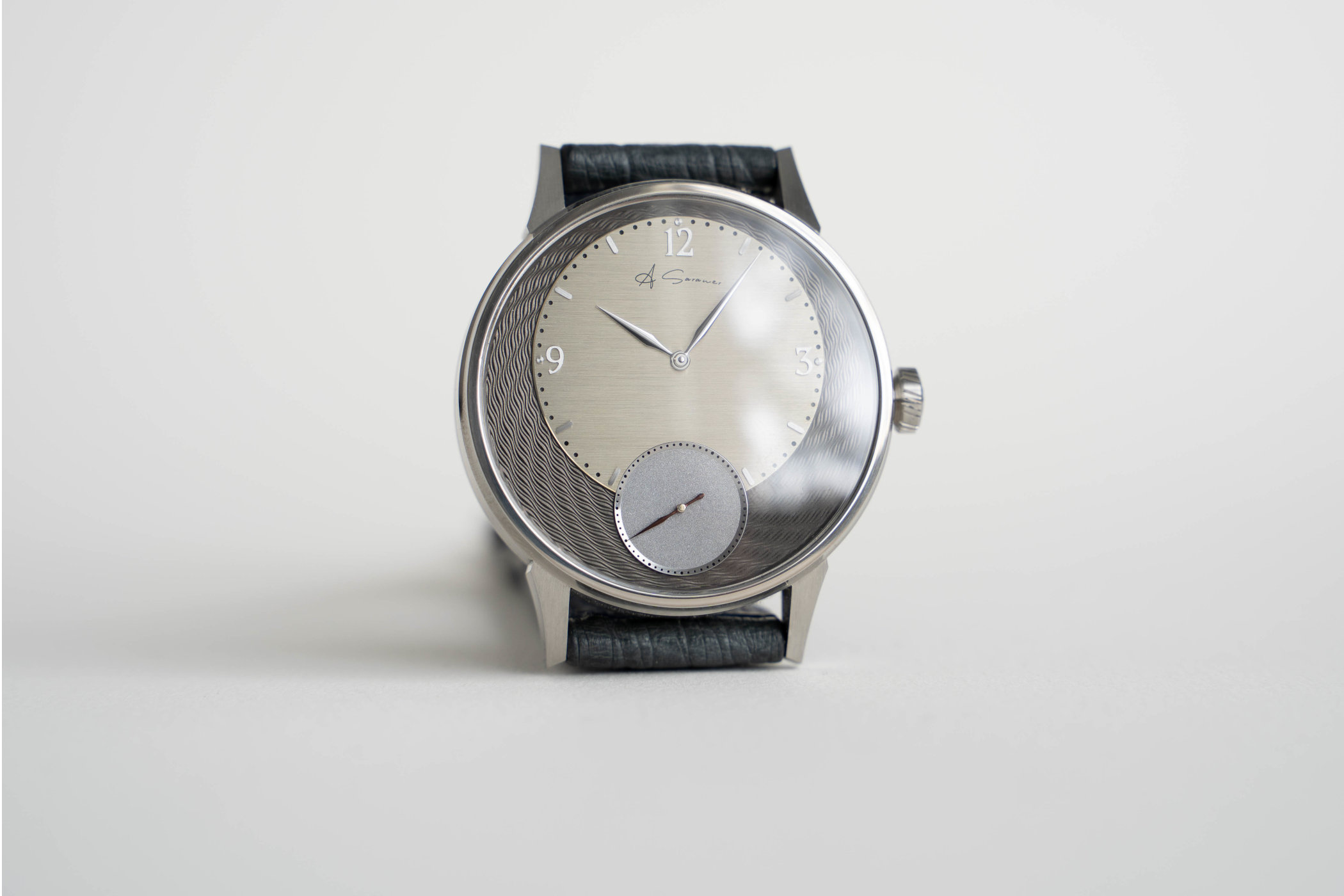
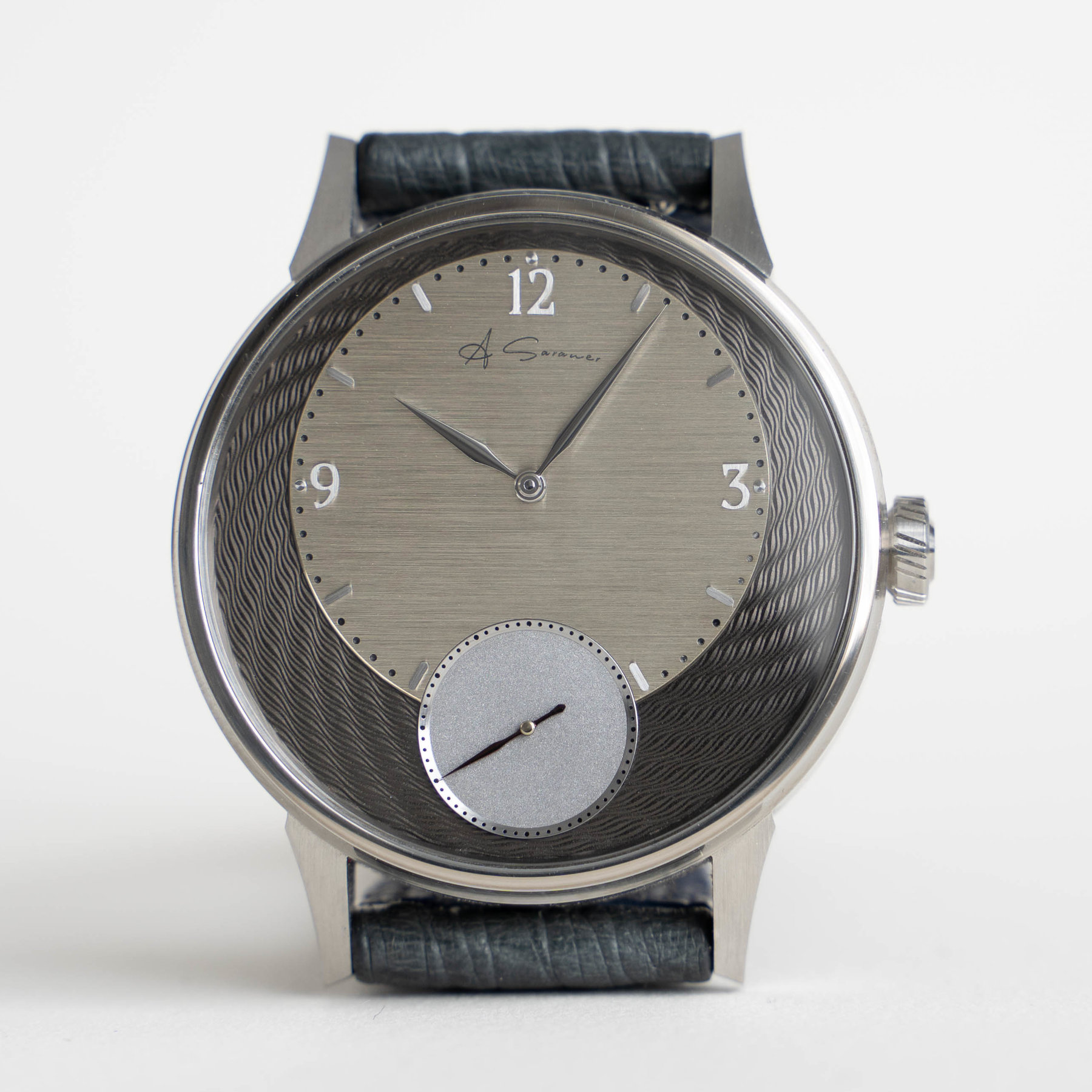

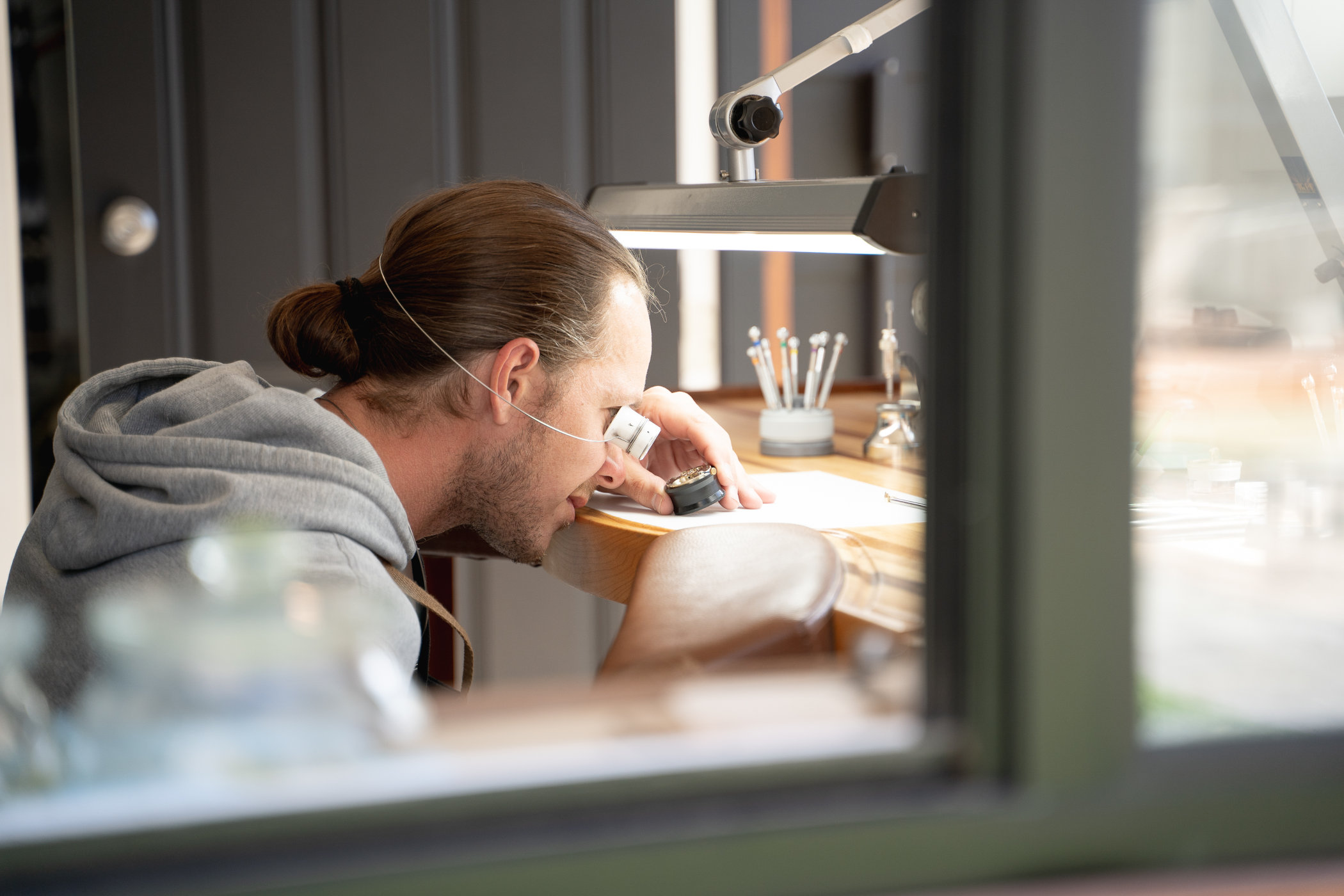
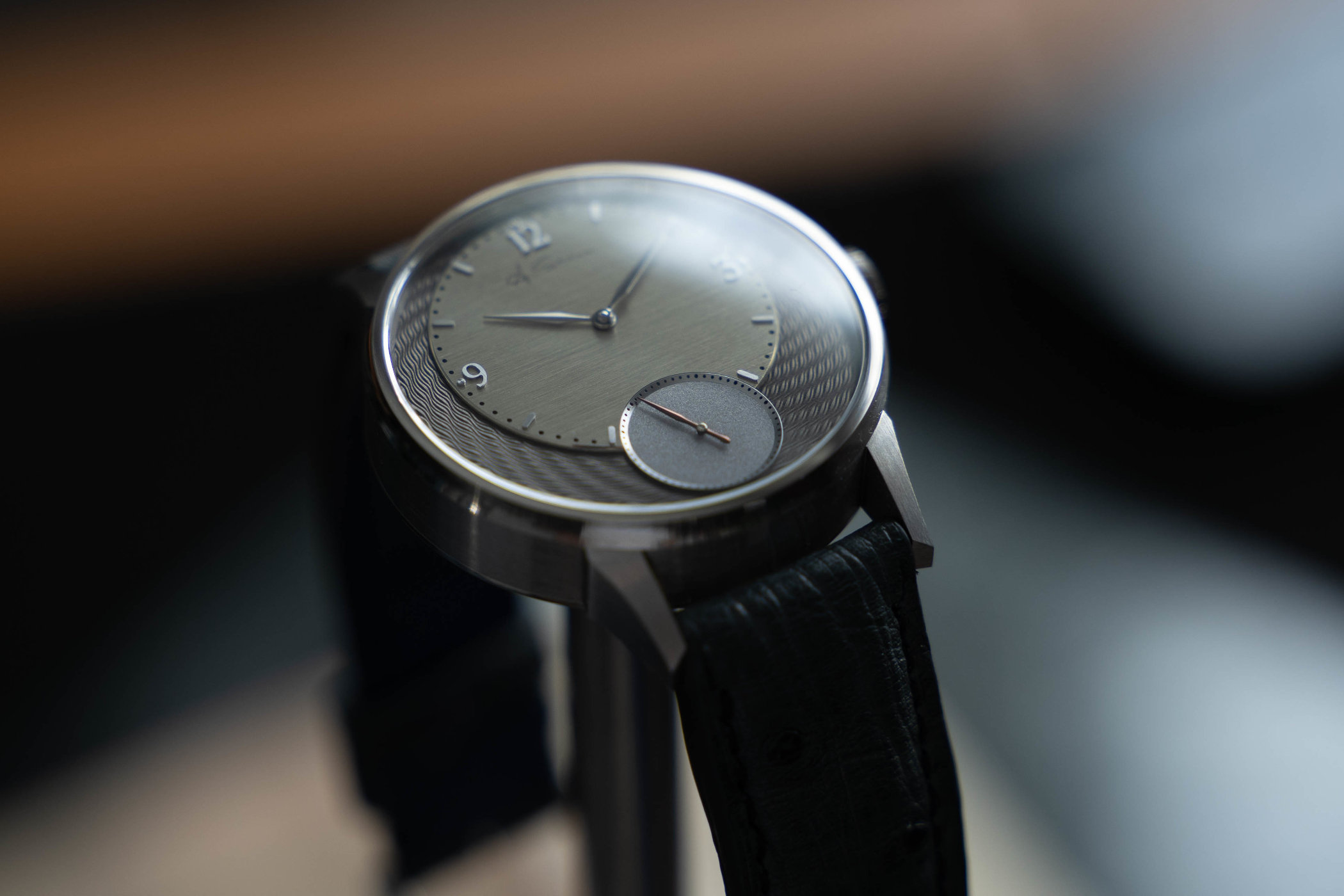

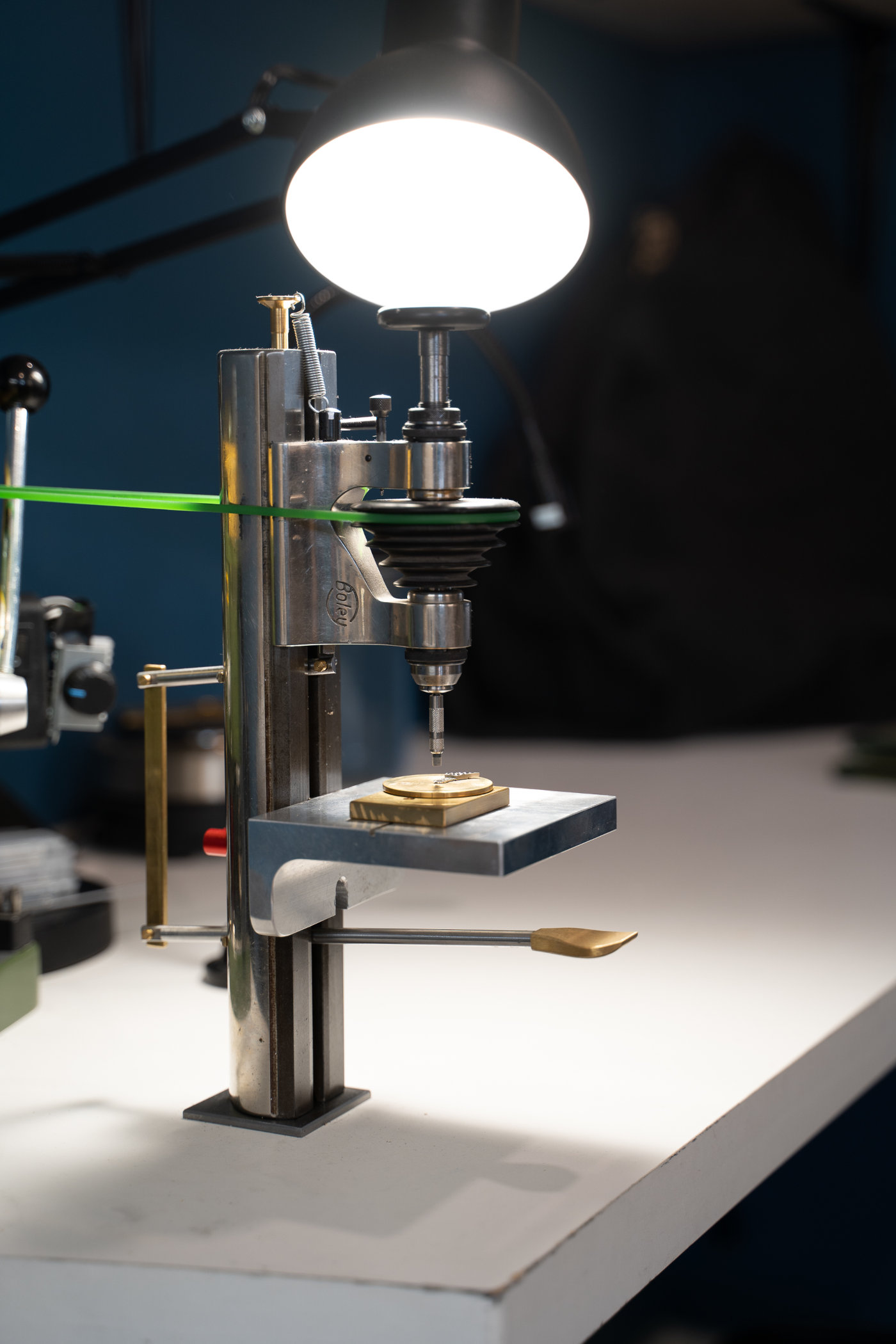
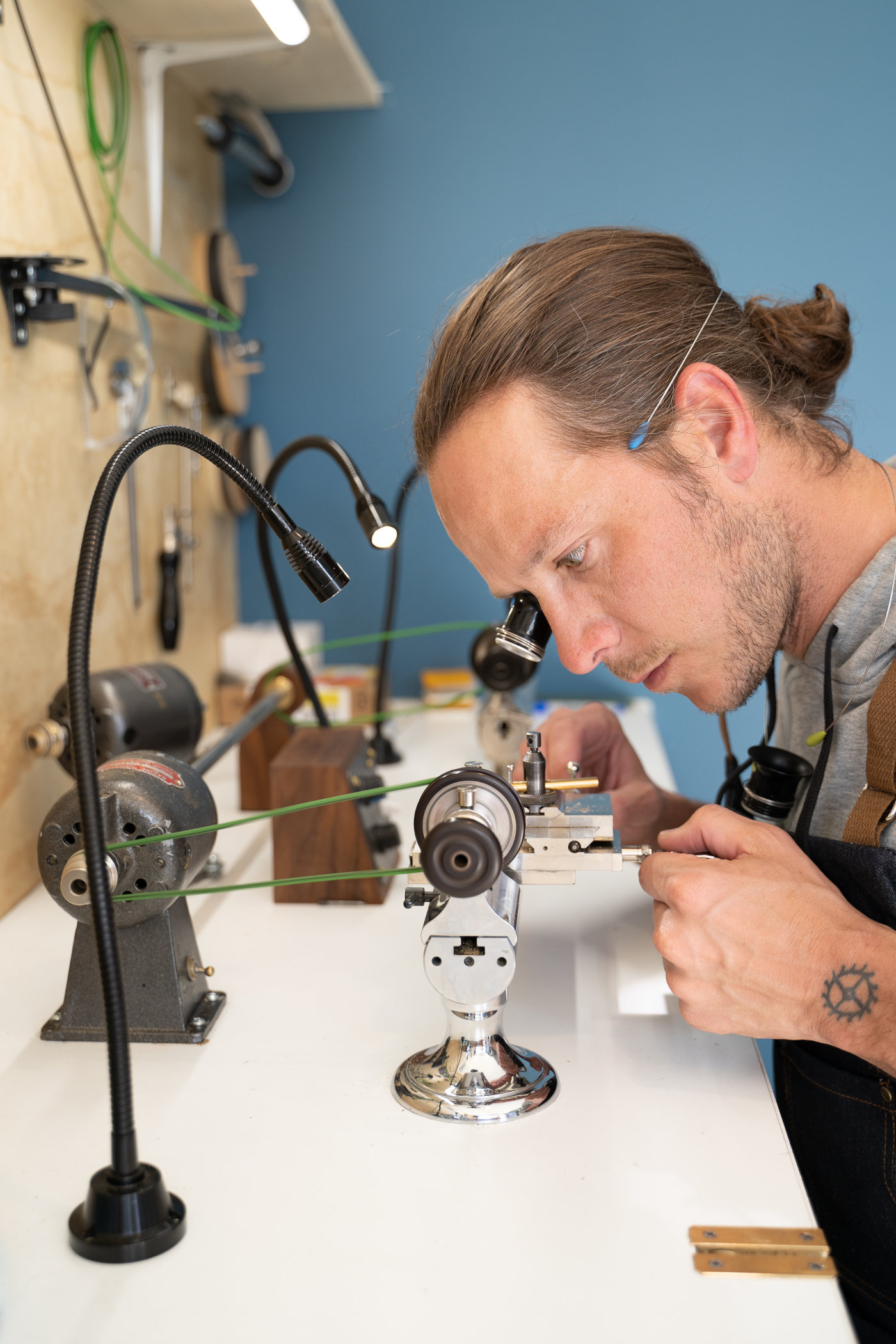
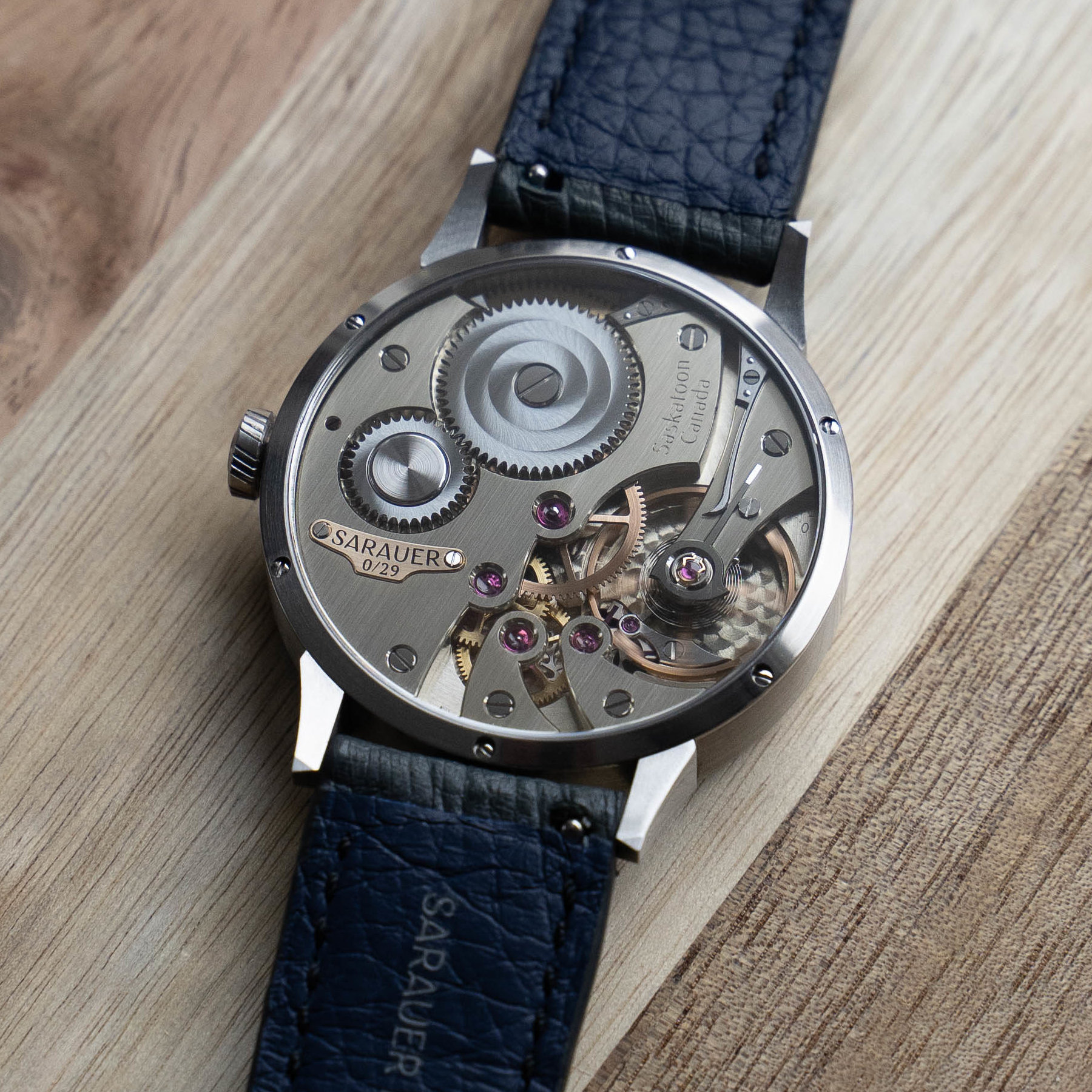
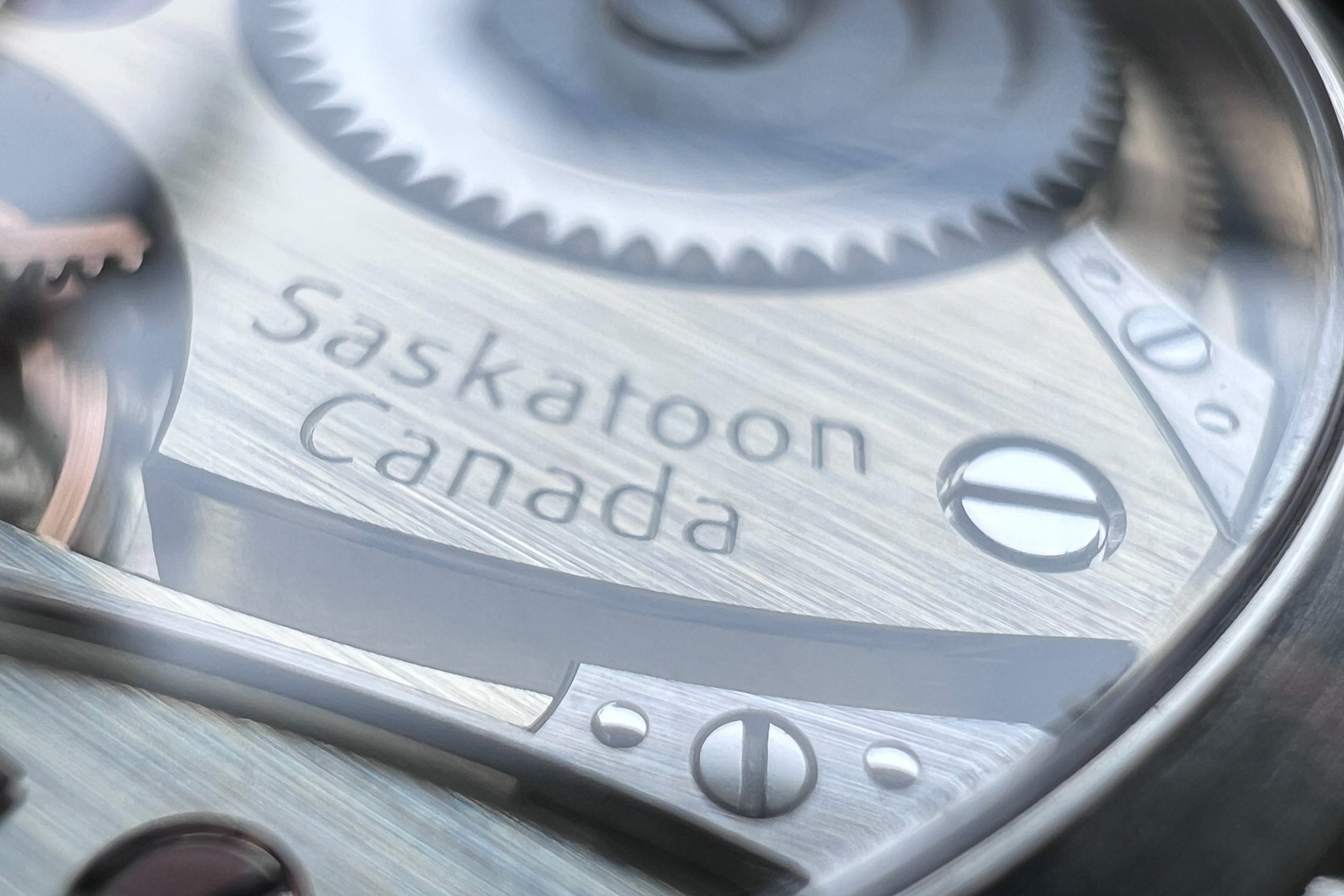
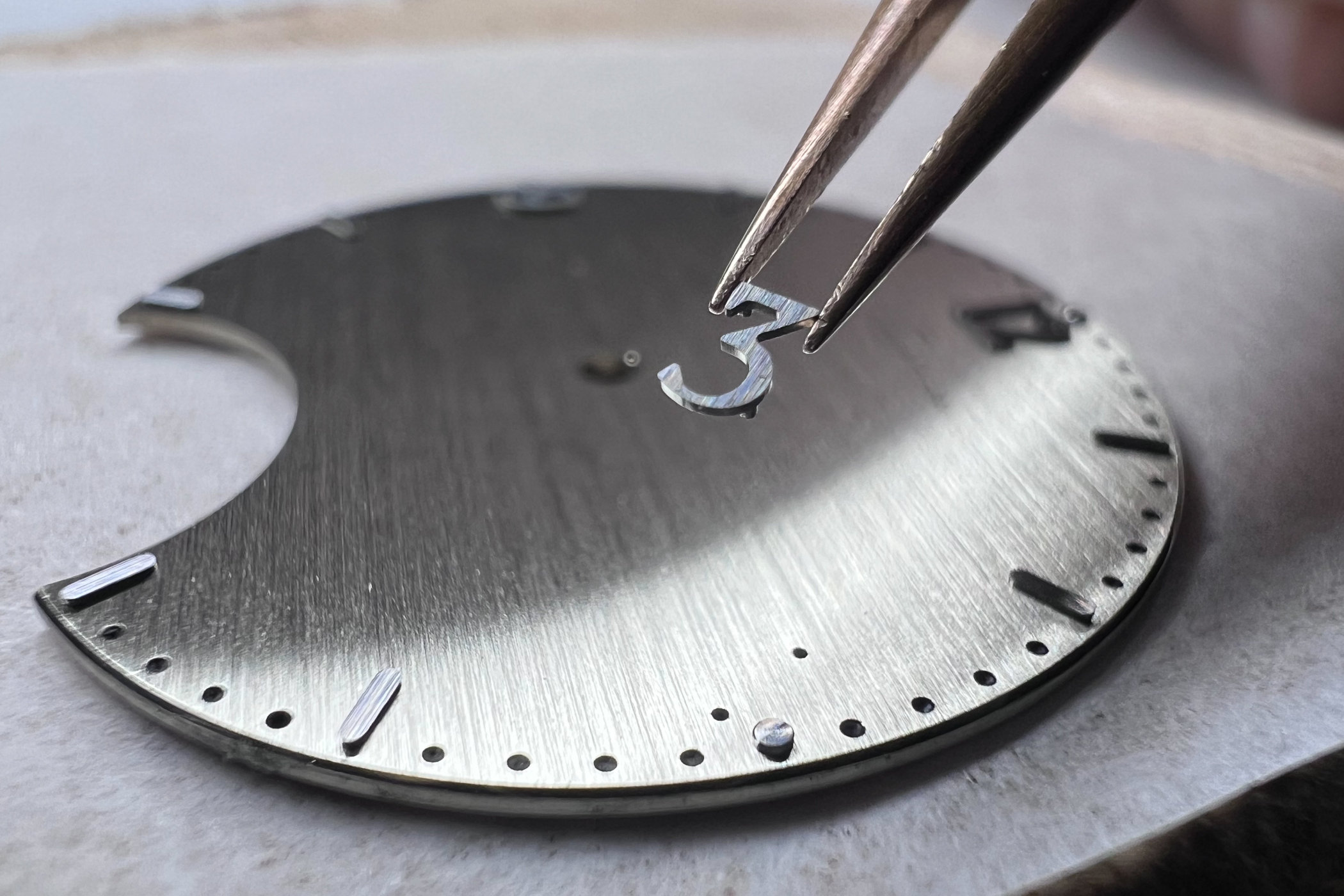
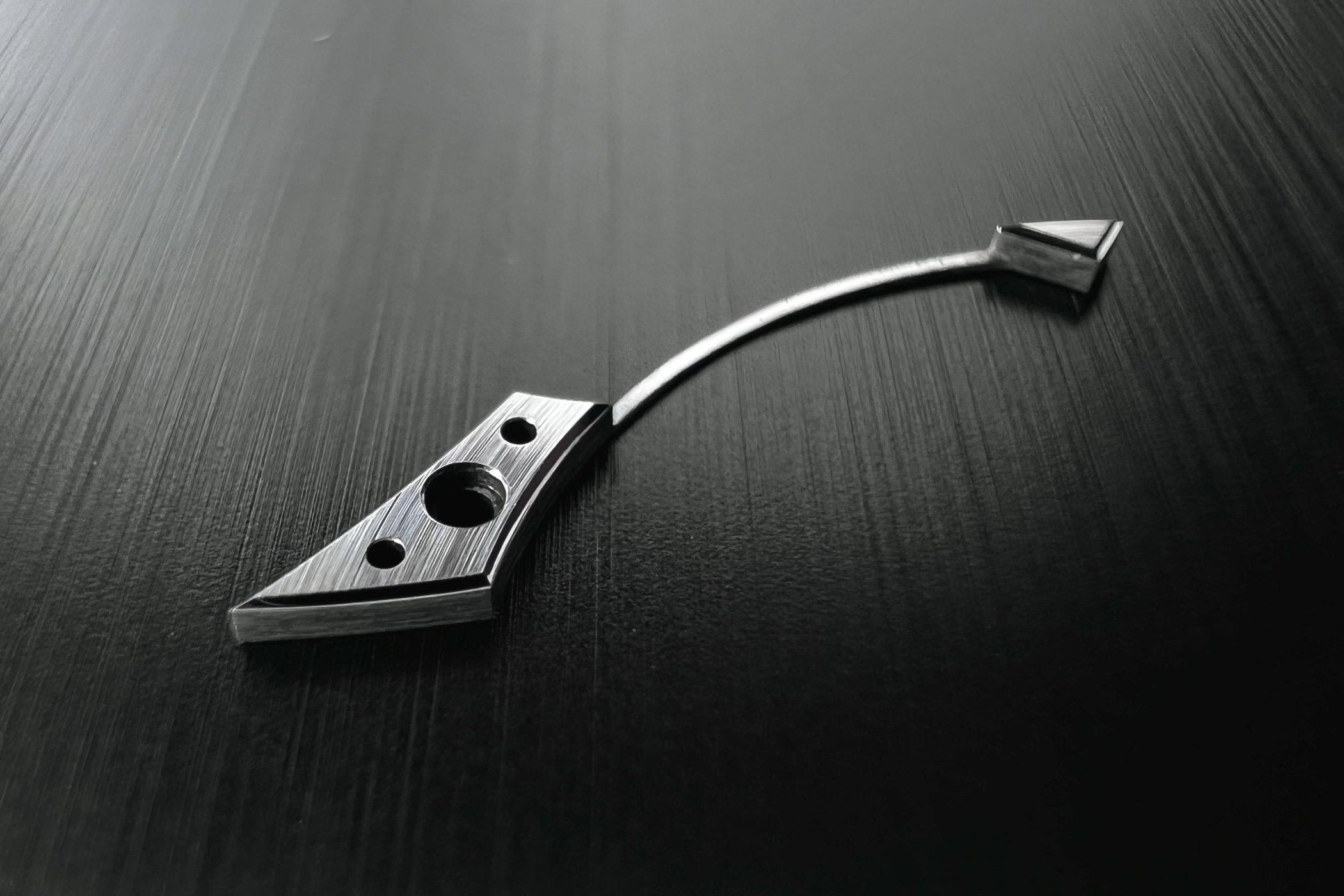
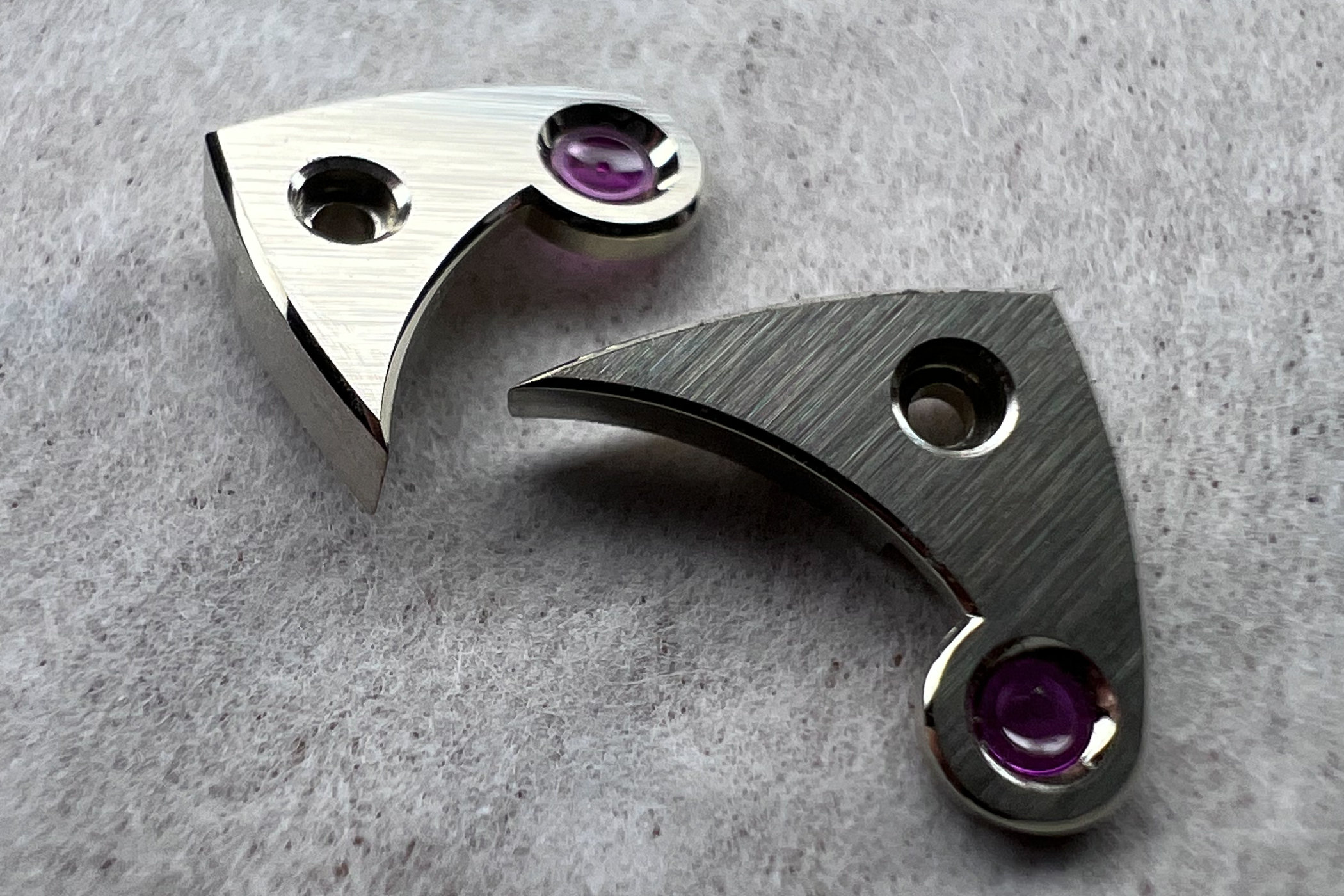
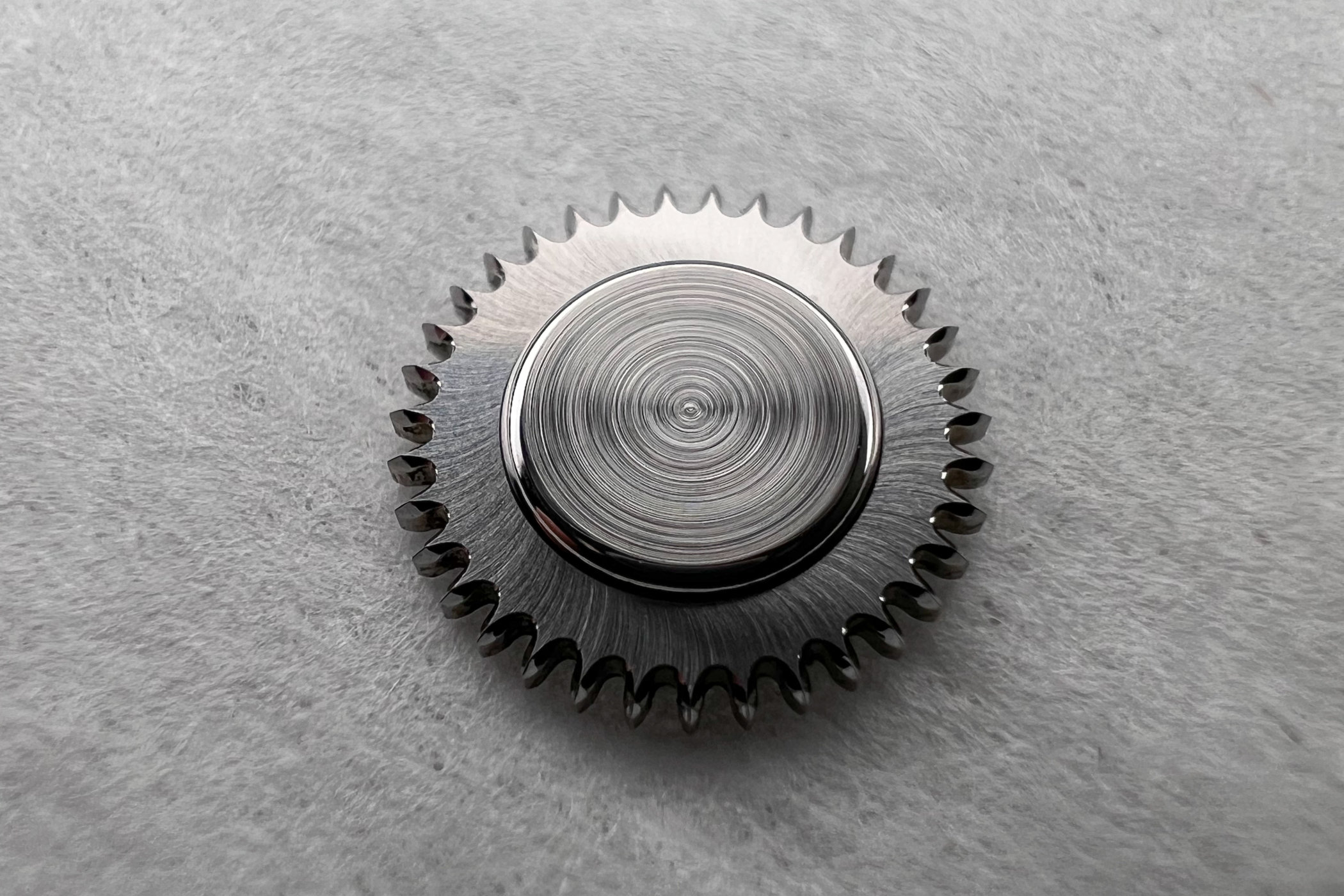
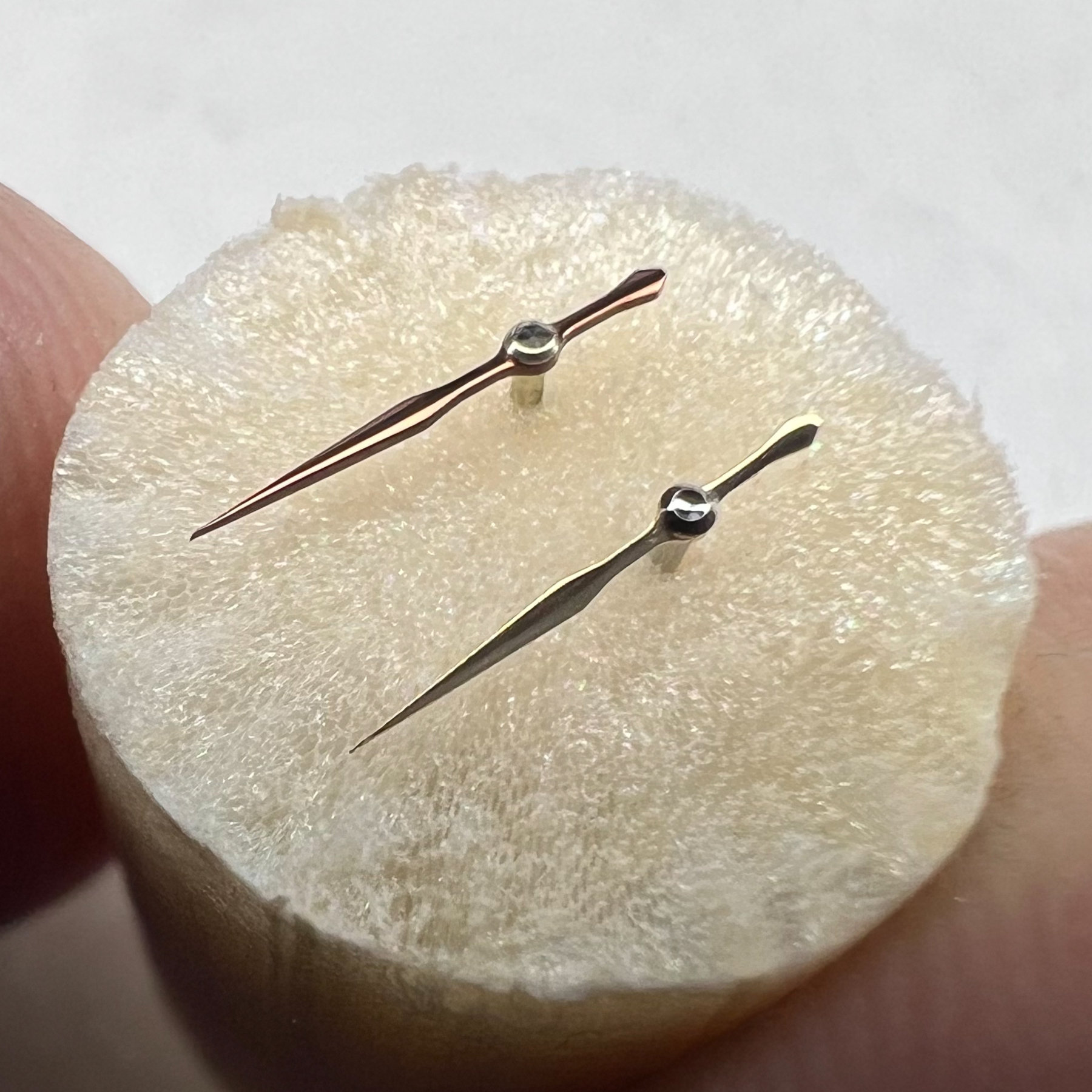
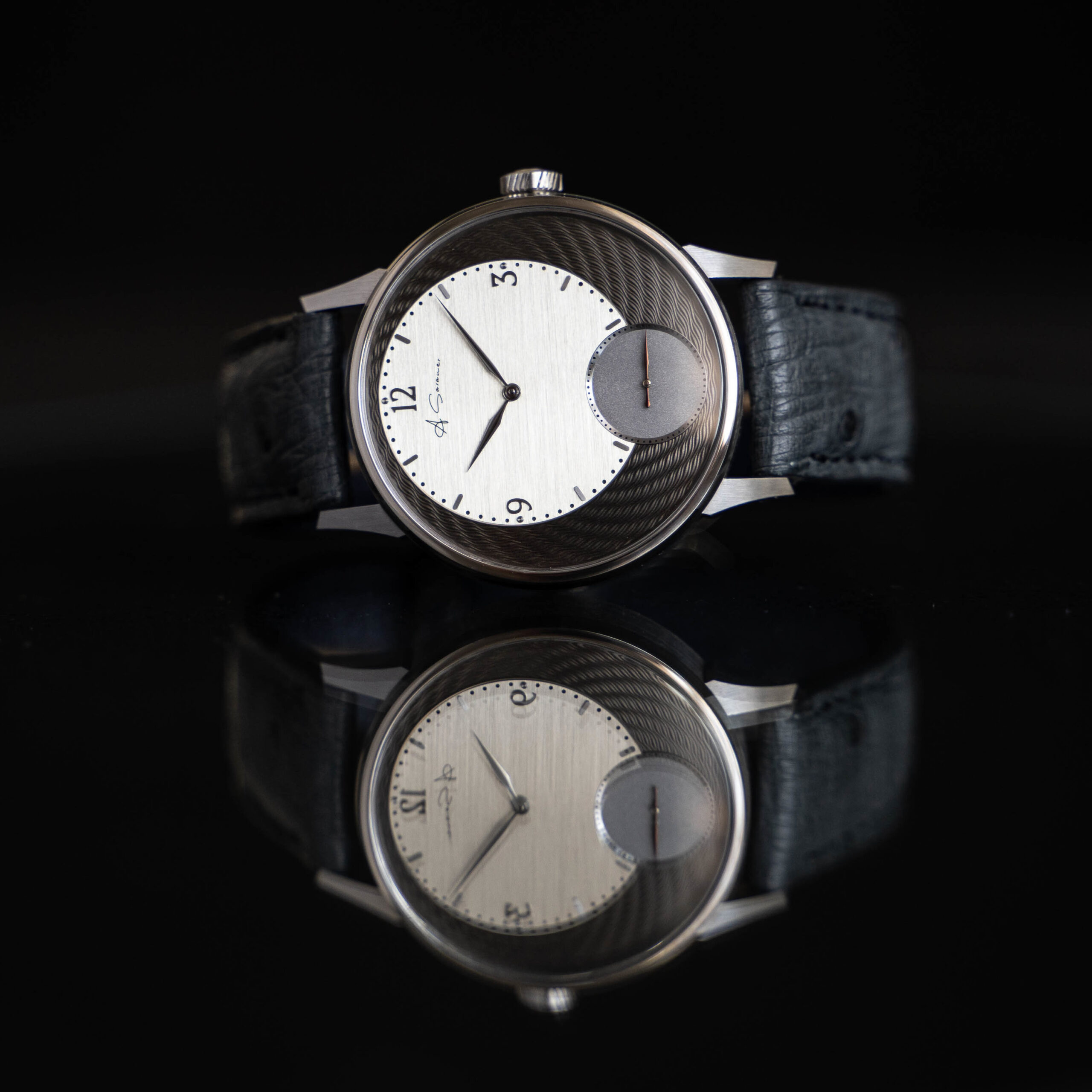





1 response
Looks like a perrelet jumping hour big second to me. Still good job we need more Canadians like this.